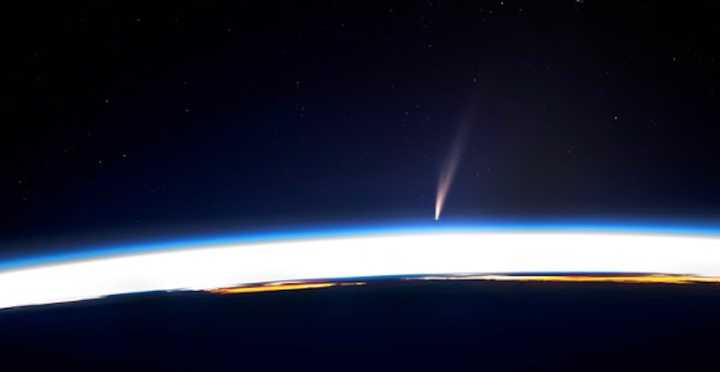Expected to be the brightest comet in nearly 20 years, it could shine as brightly as the planet Venus, offering a spectacular sight for skywatchers.
Until now, the comet has only been visible in the Southern Hemisphere. However, stargazers in the Northern Hemisphere, including those in the US and Europe, will get their chance to view it as it travels back toward the Sun.
The best time to catch a glimpse of the comet is around half an hour before sunrise on Tuesday, Jan. 14. To spot it, look east toward the horizon.
Discovered in April 2024 by the Asteroid Terrestrial-impact Last Alert System (ATLAS), the comet hails from the Oort Cloud, a distant region of icy bodies at the edge of the solar system.
NASA astronaut Dom Pettit captured an image of the comet from the International Space Station, sharing his awe on social media. “It is totally amazing to see a comet from orbit,” he wrote on X. “Atlas C2024-G3 is paying us a visit.”
Astronomers warn that this could be the comet’s final appearance.
Its increasing brightness may signal that it is breaking apart, making this a once-in-a-lifetime opportunity to witness its cosmic beauty.
Click here to follow Daily Voice Manchester and receive free news updates.


